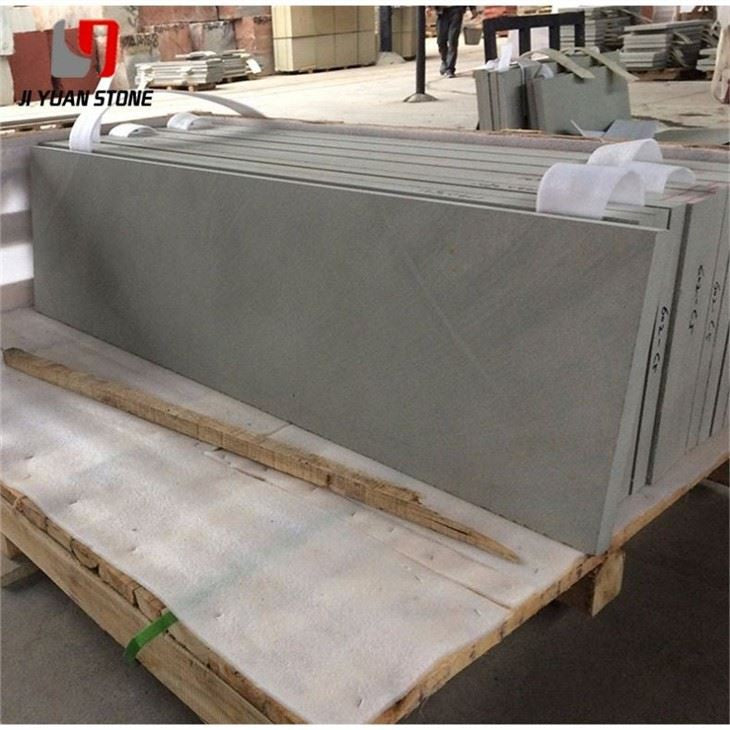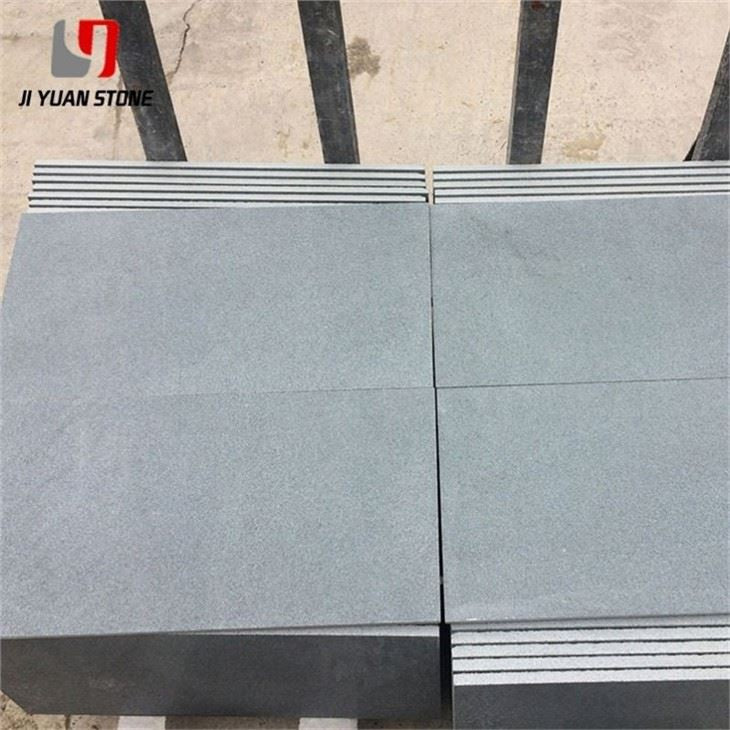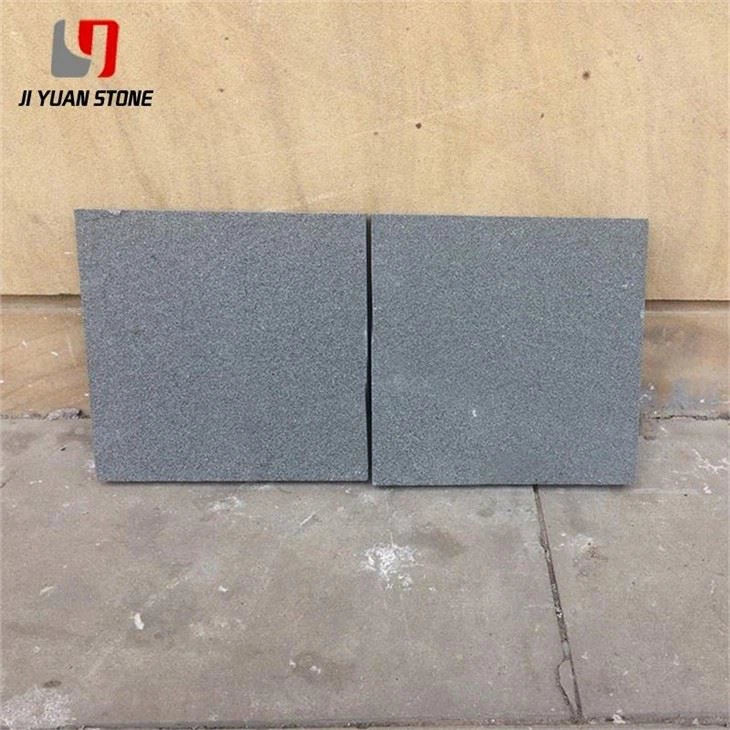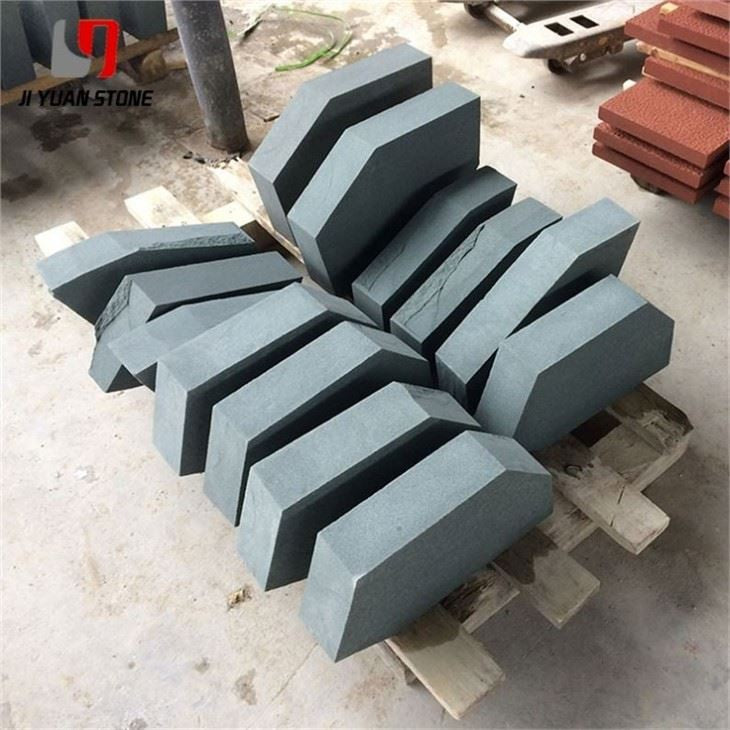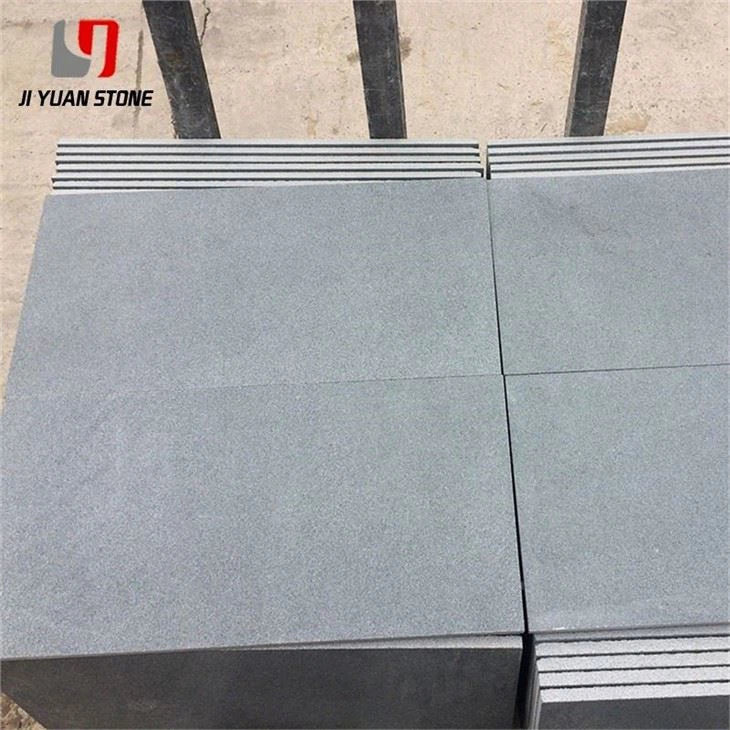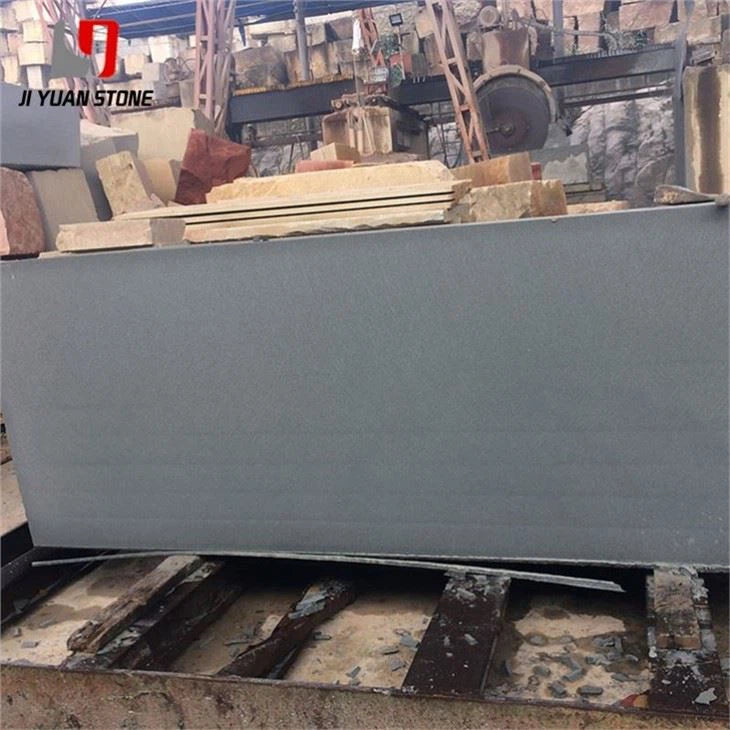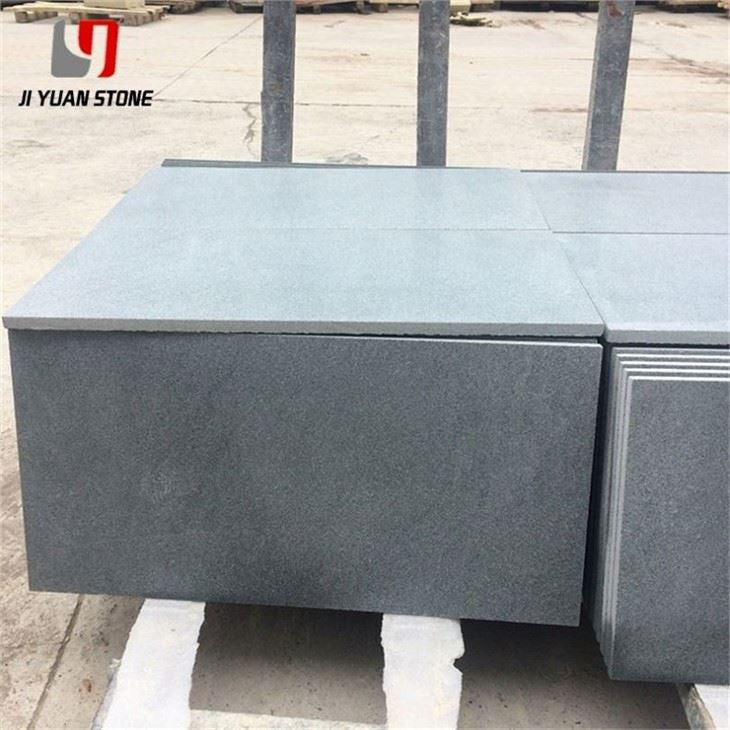Grey Sandstone 600x900
Grey Sandstone 600x900
This Grey Sandstone 600x900 offers a timeless, durable and stylish option for any indoor or outdoor space. With its non-slip surface and low maintenance, it is perfect for high traffic areas. Its neutral grey color brings a touch of elegance and versatility to any design project.
| Feature | Details |
|---|---|
| Material | Natural Sandstone |
| Surface Finished | Honed, Flamed, Bush-hammered, Nature, Mushroom, Swan etc |
| Finished Products | Floor tiles, Wall cladding, Countertops, Windowsills, Special-shaped tiles, Small slabs, Swimming pool, Steps, Wall panel, Flooring, Veneers, Slabs, Coping tiles, etc |
| Color | Yellow, Black, White, Red,Purple Wood, green,Grey,Rainbow etc |
| Finished | Honed, Split, Sandblasted, Sawn, Antiqued, Pineapple, etc. |
| Quality details |
|
| Usage | For internal & external decoration and construction, Walling or flooring tile. |
| Edgeing | Full Bullnose, Half bullnose, Flat eased (eased edge), Bevel top, Radius Top, Laminated Countertop, Ogee Edge, DuPont, Edge, Beveled or others. |
| Size | Standard (But if you have special requirements, you can consult our CSA.) |
| Surface Finish | Polished, Flamed,Honed, Bush Hammered-sandblast, Chisselled. |
| Package | Fumigation wooden crates;Slab:fumigation wooden bundles |
| Payment | T/T 30% Deposite |
Sedimentary rocks are some of the most distinctive and widespread formations on Earth. In fact, they cover up to 75% of the land's surface and almost entirely blanket the ocean floor with sediments.
One of the most common types found in the wild is grey sandstone (600x900). These rocks serve as crucial historical records of the Earth's crust, helping scientists trace geological changes over billions of years. The Earth itself is estimated to be around 4.6 billion years old, while the oldest known sedimentary rock in the lithosphere—found in the Kola Peninsula—dates back 3.6 billion years. Additionally, grey sandstone (600x900) with recorded traces of life has been identified in South Africa, dating back approximately 3.5 billion years.
Formation of Sedimentary Rocks
Over this vast timeline, sedimentary rocks have formed through a complex process. The primary question is: What constitutes sedimentary rock, and how does it form?
The sediments that create these rocks originate from three main sources:
- Weathering products of parent rock – This is the dominant contributor.
- Volcanic material – Derived from eruptions and ash deposits.
- Biological material – Remains of organisms that accumulate over time.
The parent rock material includes:
- Igneous rocks and metamorphic rocks (primitive rocks).
- Older sedimentary rocks that have undergone one or more cycles of deposition without significant modification by high temperatures or pressure.
When grey sandstone (600x900) and other sedimentary materials enter the epigenetic zone—due to factors such as crustal movement—they come into contact with the atmosphere, water, and biological activity. This interaction leads to physical and chemical changes, which ultimately result in the formation of loose deposits.
This entire transformation process is known as weathering—a fundamental step in the creation of sedimentary rocks.
Share
